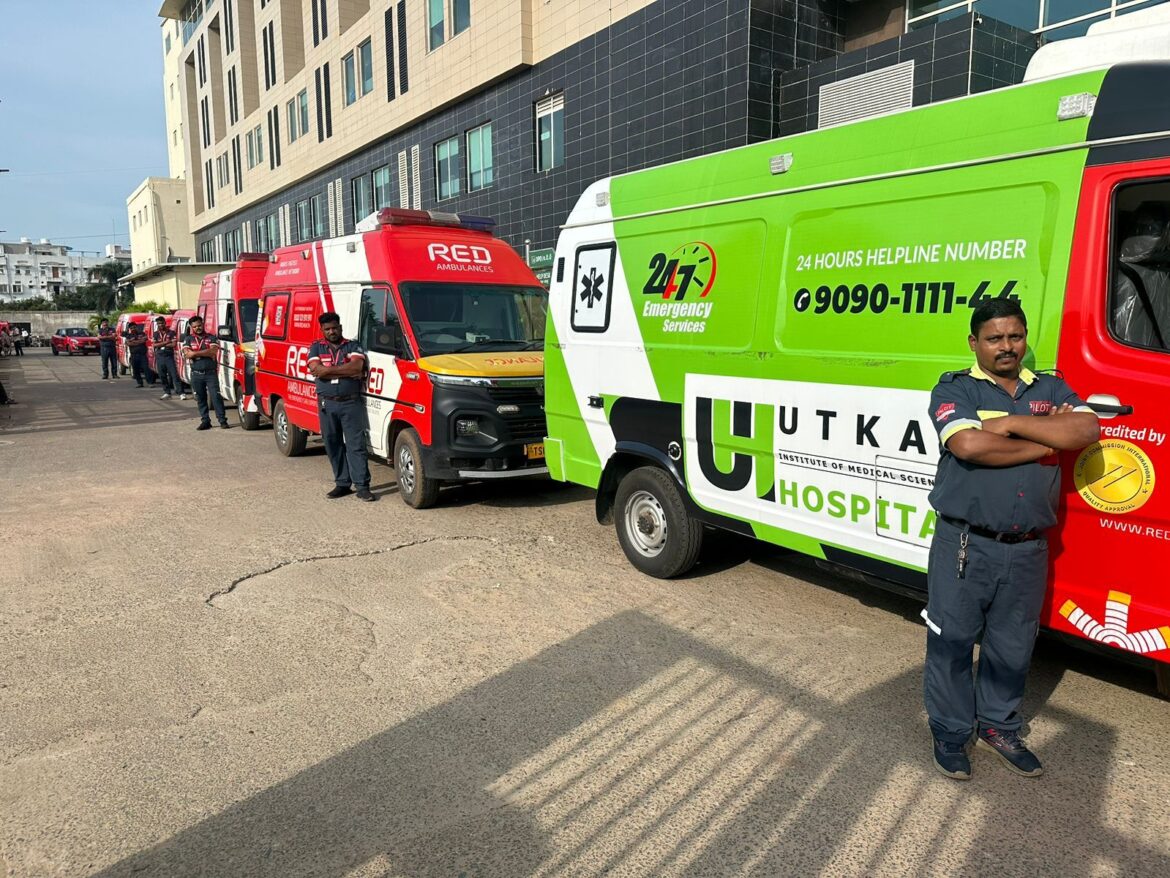High-altitude areas give precise, demanding situations in scientific emergencies. The thin air, lack of oxygen, and rugged terrain make quick medical interventions necessary for survival. In such conditions, oxygen ambulances play an essential role in ensuring that patients get hold of well-timed care, especially in areas where conventional ambulance services might war. These specialized ambulances are geared up with superior clinical eras, which include oxygen tanks and life-saving systems, allowing them to manage the specific fitness dangers associated with excessive-altitude rescues.
High-Altitude Medical Risks
Rescue operations in excessive-altitude regions, such as mountainous regions or far-off locations, are fraught with risks like altitude sickness, hypoxia (lack of oxygen), and extreme climate situations. At elevations above 8,000 toes, the air will become thinner, making it tough for the frame to get sufficient oxygen. For those who aren’t acclimated to such heights, this could lead to acute mountain sickness, excessive-altitude pulmonary edema (HAPE), or excessive-altitude cerebral edema (HACE). These situations require on-the-spot scientific attention and, maximum significantly, supplemental oxygen.
On these occasions, oxygen ambulances function as a lifeline, stabilizing sufferers by imparting vital oxygen and hospital treatment while transporting them to lower altitudes or healthcare facilities.
The Role of Oxygen Ambulances in Rescues
Oxygen ambulances are explicitly designed to address emergencies where patients require instantaneous respiration help. These automobiles are equipped with transportable oxygen tanks, ventilators, and other advanced medical devices. In high-altitude areas, where the chance of hypoxia is much higher, oxygen ambulances can supply life-saving care even route to a medical facility.
Apart from oxygen transport structures, those ambulances are regularly equipped with Intensive Care Unit (ICU) capabilities. ICU ambulance offerings are designed to deal with seriously sick patients who may also need regular tracking and care. This is especially essential in high-altitude rescue operations, wherein patients frequently suffer from extreme scientific conditions. Combining ICU-degree care with oxygen help guarantees that the patient is in a strong circumstance before reaching a clinic.
Ventilator ambulance services also play a critical role in those rescue operations. Patients who cannot respire on their own or whose respiration conditions have worsened because of the altitude require ventilators to assist or take over their breathing. Ambulances prepared with ventilators make sure that even the most vital sufferers receive the assistance they need during delivery.
Challenges in High-Altitude Rescue Operations
Conducting rescue operations in high-altitude regions involves logistically demanding situations that oxygen ambulances assist in mitigating. The rugged terrain and restricted accessibility in mountainous areas often require specialized automobiles that can navigate those environments. The inclusion of superior scientific equipment in these ambulances allows rescue groups to reach patients who can be stranded in far-flung or tough-to-get admission locations.
Helicopter ambulances can also be used for faster evacuations. However, in cases where helicopters are not available because of weather conditions or terrain barriers, floor-primarily based oxygen ambulances may be essential in saving lives.
Importance of Oxygen in High-Altitude Environments
Oxygen is crucial in excessive-altitude rescue operations now not handiest for treating altitude-associated illnesses but also for stabilizing sufferers who may also have suffered from other scientific emergencies, along with trauma, cardiac issues, or strokes. The availability of oxygen during transportation prevents additional complications and maintains the affected person’s situation stable until they are able to get hold of further treatment.
Organizations offering scientific offerings in these regions are more and more spotting the need for specialized ambulances geared up with oxygen aid. For instance, healthcare providers, including RED. Health has been running to integrate superior ambulance offerings, which include oxygen ambulances, into their offerings. By doing so, they’re ensuring that patients in remote, excessive-altitude areas can get entry to crucial care while it’s most wanted.
Collaboration and Training for Effective Rescue
The fulfillment of high-altitude rescue operations concerning oxygen ambulances relies upon no longer the simplest at the most straightforward gadget but also the knowledge of the clinical personnel and rescue groups. Proper education in high-altitude medication, blended with the capability to operate superior medical devices which includes ventilators and transportable oxygen devices, is vital for the powerful transport of care. Rescue teams also have to be acquainted with the signs of altitude illness and be able to act speedily in administering oxygen to sufferers who are suffering to respire.
Conclusion
Oxygen ambulances have become an integral part of high-altitude rescue operations, ensuring that patients tormented by respiratory distress or altitude-related ailments can receive the care they want in time. By combining oxygen delivery with ICU and ventilator aid, those ambulances provide a critical service that saves lives in some of the most challenging environments.
As corporations like RED Health hold to increase their variety of ambulance offerings to consist of specialized devices like ICU ambulance service, ventilator ambulance offerings, and oxygen ambulance offerings, more sufferers in high-altitude regions can get admission to the life-saving care they need in the course of emergencies. This integration of superior scientific generation in ambulances is assisting to enhance results for sufferers in those faraway and challenging environments, in the end saving lives where conventional healthcare offerings might war to attain.
